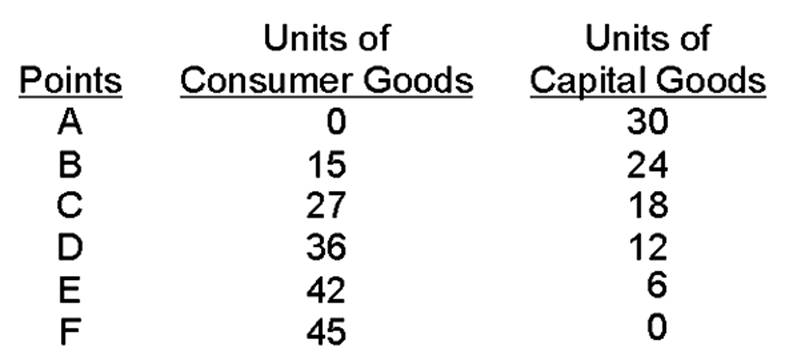Suppose a monopolist produces two different products. If the marginal cost of producing one is lower than the marginal cost of producing the other, and the monopolist charges a different price for the two goods, then the monopolist is:
A. not maximizing its profit.
B. not price discriminating.
C. perfectly price discriminating.
D. imperfectly price discriminating.
Answer: B
You might also like to view...
If the economy produces 36 consumer goods and 12 capital goods the economy would be producing __________________ (outside/on/inside) the production possibilities curve.

Having a comparative advantage means a nation can
A) benefit from trade. B) produce at a higher opportunity cost. C) produce more of the good. D) produce without incurring an opportunity cost. E) produce the good at a point beyond its PPF.
Assume that a country's government influences the exchange rate through active central bank intervention, with no pre-announced path. This policy is known as a(n):
a. floating exchange-rate policy. b. managed floating exchange-rate policy. c. fixed exchange-rate policy. d. crawling-peg exchange-rate policy. e. interventionist exchange-rate policy.
"Unfair or deceptive acts or practices in commerce" were prohibited by the
A. 1938 amendment to the Federal Trade Commission Act. B. Clayton Act. C. Clayton Act as amended by the Robinson-Patman Act. D. Federal Trade Commission Act.